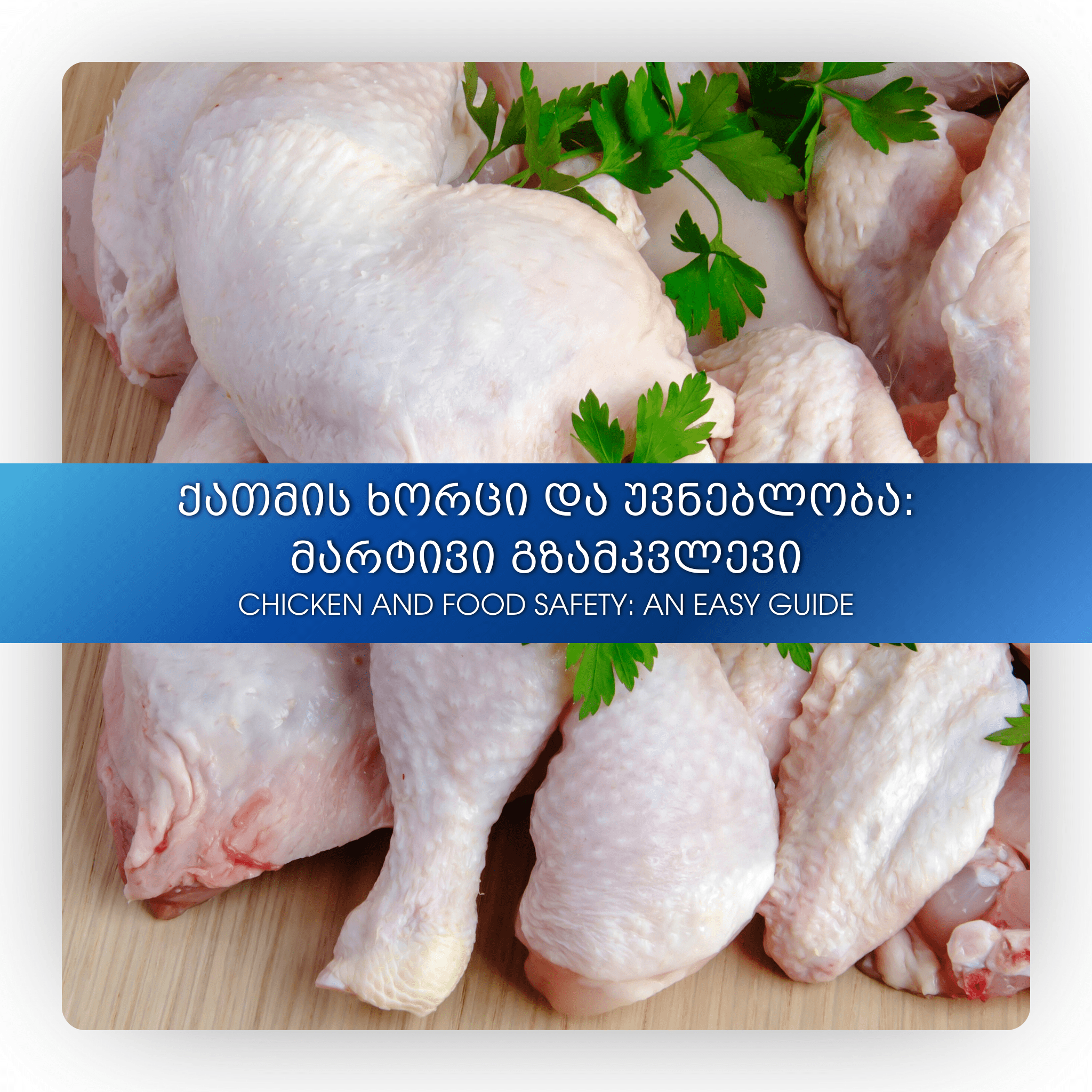Chicken and Food Safety: An Easy Guide
Clean
Proper cleaning practices are the most effective way to keep bacteria out of the kitchen.
• Wash your hands. Always wash your hands for at least 20 seconds before handling food and after handing meat, poultry, eggs and seafood.
• Clean your work area. Clean and sanitize counter tops, cutting boards and utensils with a mild bleach solution (5 mL or 1 tsp. of bleach per 750 mL or 3 cups of water), before and after food preparation
• Wash your produce. Thoroughly wash fresh produce under running water to remove dirt and residue. Some produce tends to retain more dirt than others, so be sure to check it carefully to avoid grit in your food.
• Wash out lunchboxes every night. Lunch boxes and bags can incubate bacteria if not kept clean. Wash them out every night to prevent contaminating lunches.
Separate
Improper handling of raw meat, poultry, and seafood can result in cross-contamination, causing bacteria to spread from food to food or to other surfaces. That’s why it’s important to separate raw meat, poultry, and seafood both in your cart and in your refrigerator.
• Use two cutting boards. If possible, use one cutting board for produce and one for meat. If you’re cooking more than one protein at a time, keep them separate and wash your cutting board thoroughly in between preparing the two.
• Seal raw meat. Keep raw meat, poultry, and fish in a sealed container on the bottom shelf of your refrigerator to prevent juices from dripping onto other food
• Keep your plates clean. Never place cooked food back onto the same plate or cutting board that previously held raw food.
Chill
• Refrigerate or freeze within two hours. It’s important that raw food, especially meat, poultry, and seafood, is refrigerated promptly. Maximum storage temperature in the refrigerator is +4°C, and in the freezer -18°C.
• Never defrost at room temperature. Always defrost food in your fridge, in your microwave, or in cold water to prevent bacteria growth. If you’re thawing in cold water, be sure to replace the water every 30 minutes
• Freeze it properly. Chill individual pieces in the freezer, then wrap each of them in plastic wrap. Place the individually wrapped pieces in a resealable freezer bag, removing as much air as possible before sealing. This will not only improve the taste of the thawed chicken but will make it easier to thaw individual pieces as needed.
• Keep an eye on the date. It’s important to know when an ingredient went into your fridge or freezer so that you know when it has to come out. Fresh chicken can be kept in the refrigerator for 2 – 3 days, and ground chicken should be used within one day. In the freezer, chicken pieces can be kept frozen for up to six months without sacrificing quality and a whole chicken for up to a year.
Cook
Cooking times vary for all meat, but chicken should always be cooked to an internal temperature of 74 °C and the delay time at the indicated temperature is 15 seconds.
Use a food thermometer. You can’t tell if meat is cooked through simply by looking at it and the most reliable way to avoid under- or over-cooking your chicken is with a digital instant-read thermometer. Insert the thermometer in different spots to ensure even cooking and always be sure to wash your food thermometer with soap and water before using it again.
